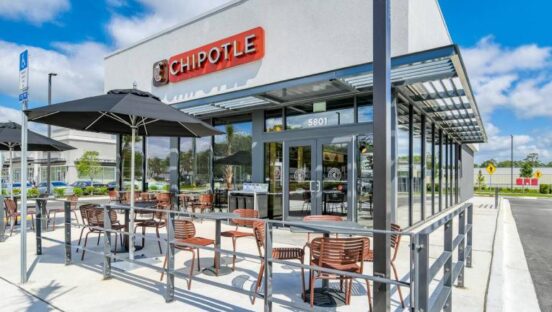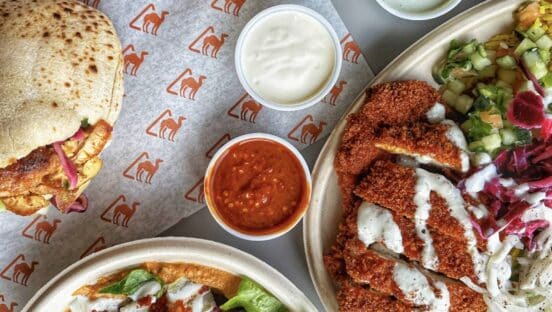



Haste when it comes to food waste
Food waste is a growing issue in the restaurant space, with a report from the Food Waste Reduction Alliance stating that 84.3 percent of unused food in America ends up being disposed of. In the quick-service restaurant space specifically, there are three major categories of waste in restaurants including over ordering or producing and needing to throw excess ingredients away, over portioning on the plates, and theft. For restaurant owners experiencing this type of waste, they can follow three simple steps to get to the bottom of their food waste issue and unveil which of these three categories are contributing to the waste.
Click the arrows in the picture above to begin the story.
Take Shift-Level, Daily, and Weekly Inventories
If you notice that you are missing the most of a certain type of product, take shift-level, daily or weekly inventories of that specific product. This can be done manually on programs like Excel, or restaurant operators can utilize various technologies designed to make this process much simpler. The restaurant operators can then use the information from the inventory data to determine not just what they are missing, but when they are missing it.
The restaurant industry is a people business and it’s important that you are able to quickly target the employees who are leading to more waste, so they can receive the appropriate training and coaching will also reduce your food costs and prevent waste.
Keep Only the Right Amount of Food in the Restaurant
While it’s a common thought that you can never have too much of something, this is not the case when it comes to restaurant inventory. The more you have of a product, the more likely you are to lose it to spoilage or theft. It’s important to use advanced forecasting products that can analyze history and trends of the product usage, and provide more accurate inventory suggestions.
Avoid Over-Prepping
While operators can view prepping ahead of time as a way to get ahead of a rush, this same preparation can also increase the amount of waste a restaurant is producing. With increased health inspections and shorter shelf-life for various goods, restaurant owners should focus on prepping only what they plan on producing for that day. This will not only save on time spent, shaving off hours prepping for something that will be wasted, but also the money spent on purchasing goods that will only be wasted at the end of the day. Restaurant operators can utilize a platform that is capable of doing advanced product forecasts down to 15 minute increments throughout the day, which will help to prevent over production.
Patrick Bobrukiewicz is the Director of Business Development at Rosnet. Rosnet is a respected leader in the restaurant and technology marketplace with thousands of locations utilizing the company’s food management, inventory management and labor management systems on a daily basis. Patrick is a strategic leader who is exceptional at driving results, achieving profitable growth and delivering industry-leading technology solutions. He has broad experience in both the restaurant and IT industries ranging from operations, systems management, project management, development and business development.












